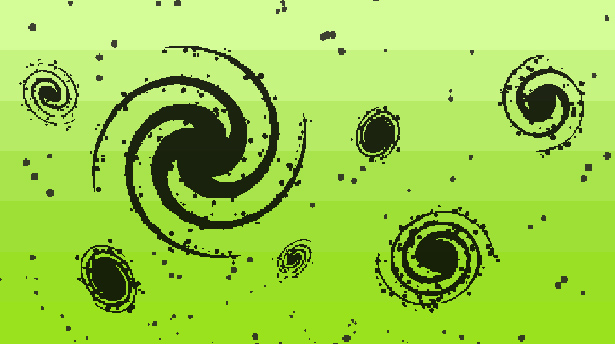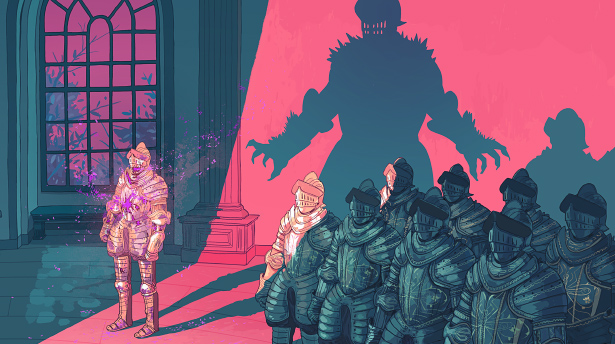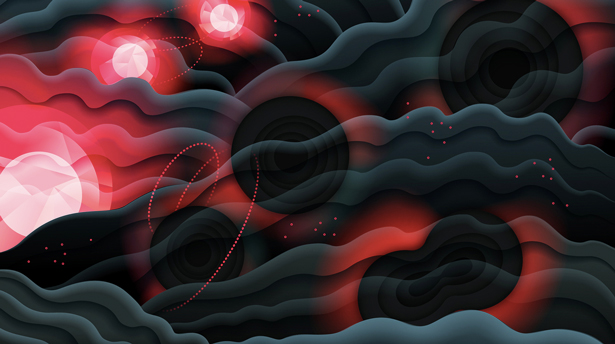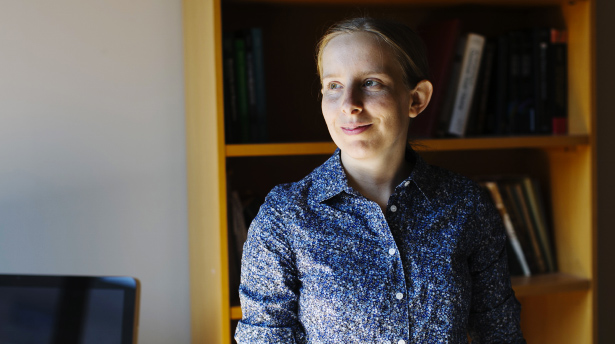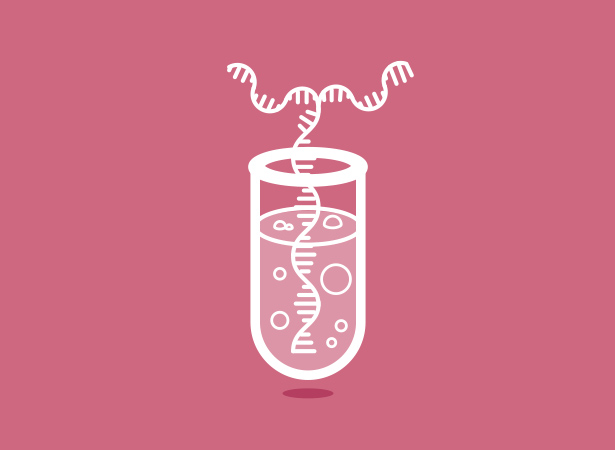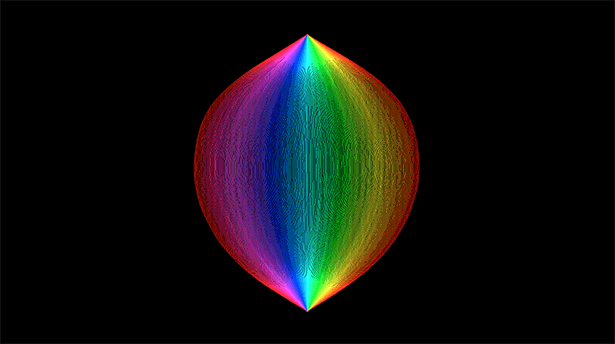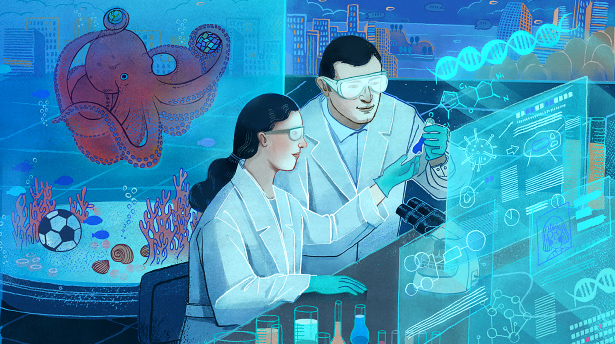You are looking for
Advanced search
Peter and Rosemary Grant: Watching Evolution Happen in Two Lifetimes
Peter and Rosemary Grant explain how our understanding of evolution has changed in their lifetimes. Jessica Kourkounis for Quanta Magazine...
Seeing Time Through a Liquid Crystal Display
...stars and planets can form due to gravity and how the chemicals required for life could have originated by prebiotic chemical evolution. With these ideas in mind, let me describe...
Genetic Engineering to Clash With Evolution
...said Kevin Esvelt, an evolutionary engineer at the Massachusetts Institute of Technology. “On an evolutionary timescale, nothing we do matters. Except, of course, extinction. Evolution doesn’t come back from that...
Colliding Black Holes Tell New Story of Stars
...of stellar remnants; how stars’ composition, mass and rotation affect their evolution; how their magnetic fields operate; and more. The work has just begun, but already LIGO’s first few detections...
A Seeker of Dark Matter’s Hidden Light
...continuous, ubiquitous pump of high-energy particles into the visible universe, it could have had pretty striking effects on the evolution of that dark universe. That’s not something that can be...
A New Step in Re-Creating First Life on Earth
...fastest. This technique, known as experimental evolution, or test-tube evolution, is an artificial version of natural selection. Researchers introduce a few new mutations after each round of the experiment. The...
A Drunkard’s Walk in Manhattan
...inextricable and essential aspect of our world. Combined with selection, randomness can do incredible things: It has powered evolution and created the entire biological world. Yet randomness is commonly underestimated...
A Unified Theory of Randomness
...curve (for Schramm-Loewner evolution) as the canonical noncrossing random curve. [No Caption]Schramm’s work on SLE curves was a landmark in the study of random objects. It’s widely acknowledged that Schramm,...
Biologists Search for New Model Organisms
...what we would know if we had 700.” The candidate model organism Paryhyale hawaiensis is a crustacean used to study the evolution and design of body plans. Scientists have successfully...

